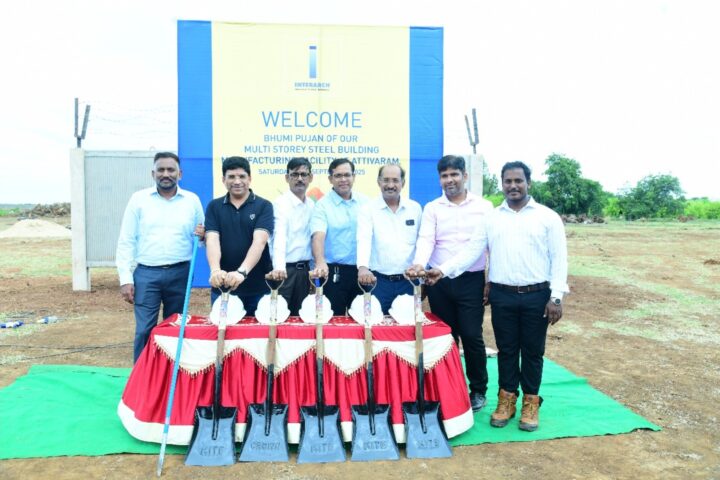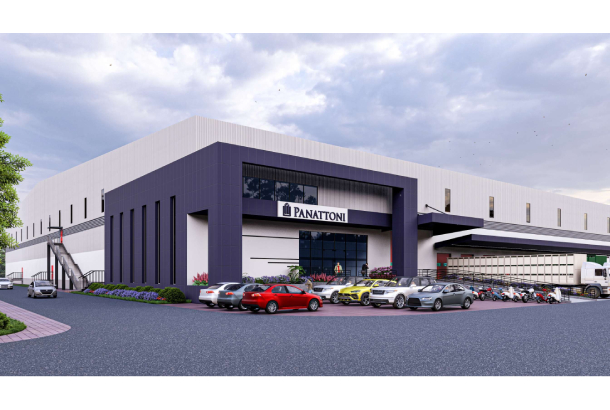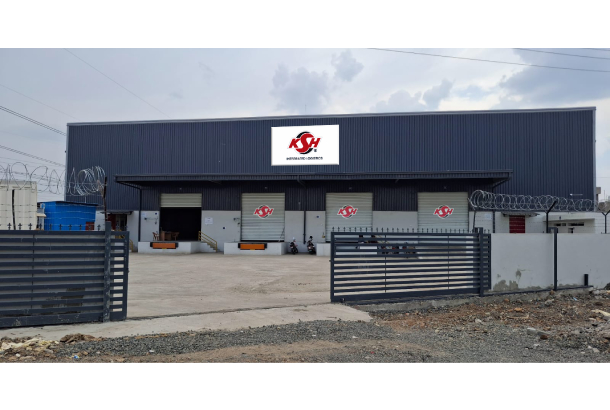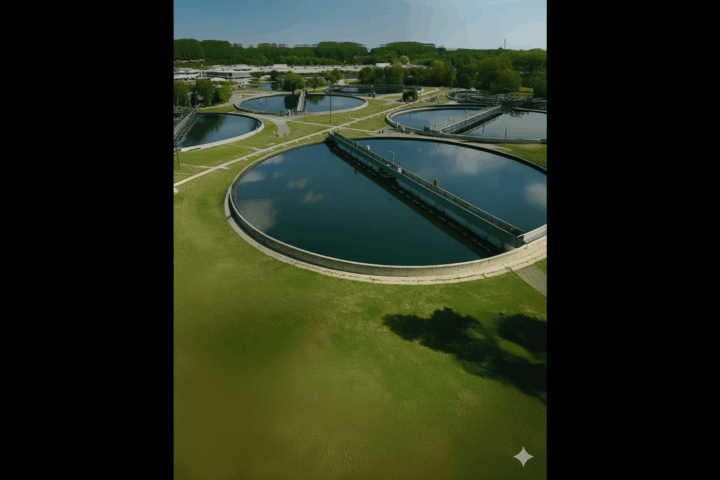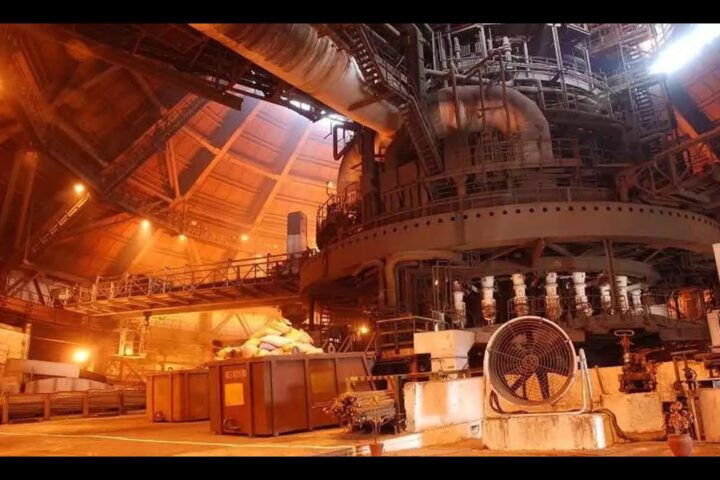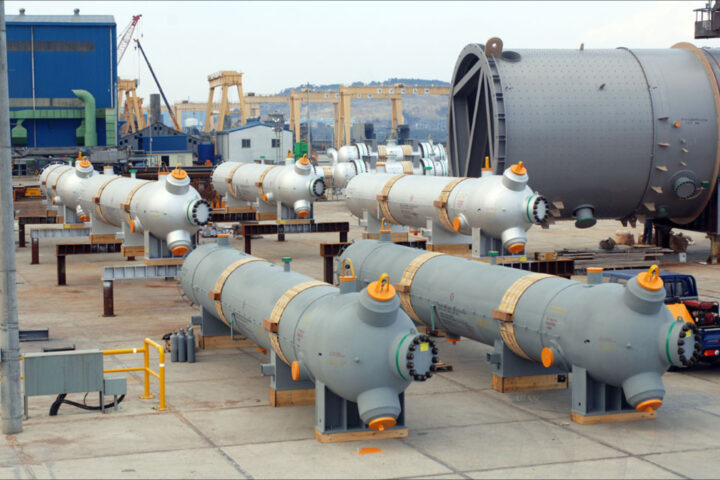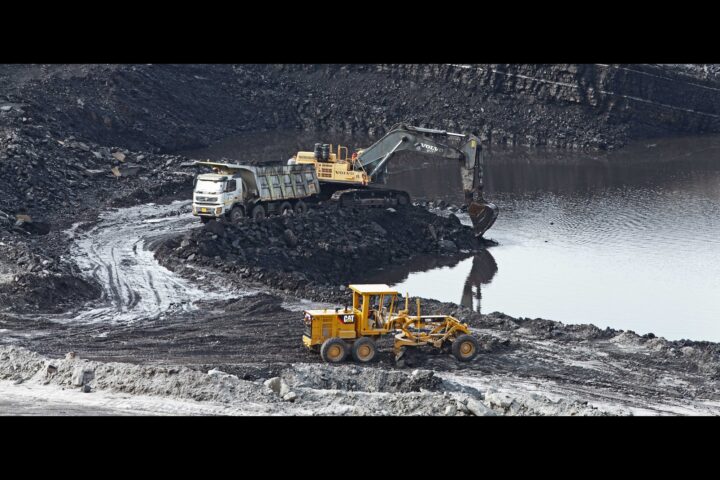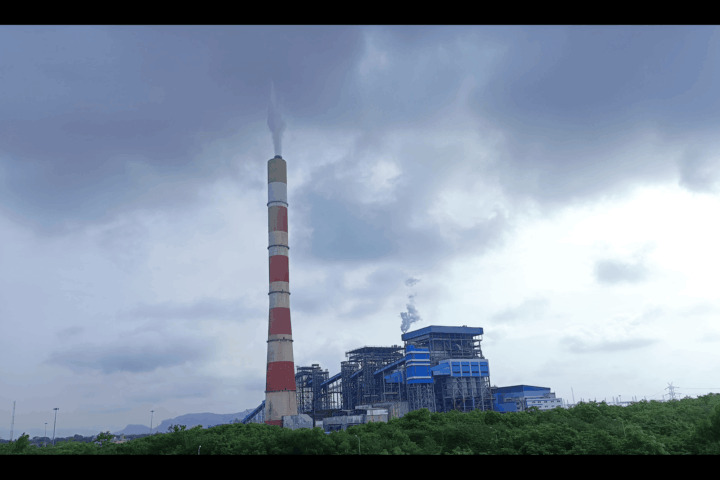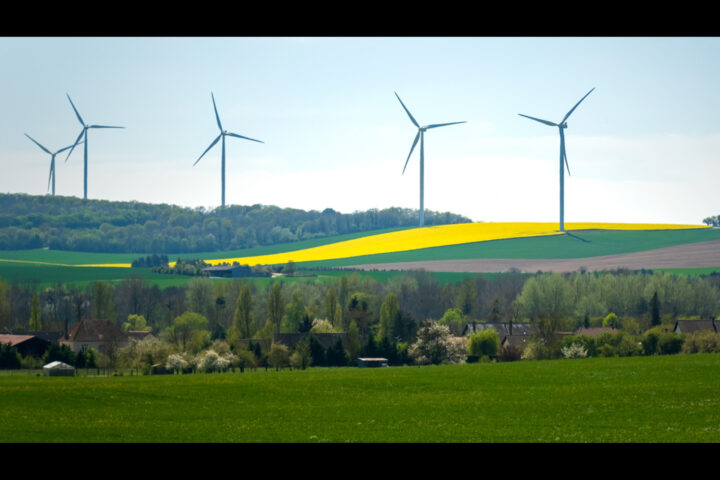India’s construction sector is rapidly embracing PEBs for their speed, cost efficiency, and sustainability. Once limited to warehouses and industrial sheds, PEBs are now widely used in logistics, e-commerce, manufacturing, and infrastructure projects. This article explores the rising demand, key benefits, challenges, and the transformative potential of PEBs in reshaping India’s infrastructure landscape
In recent years, the market for Pre-Engineered Buildings (PEB) has witnessed significant growth, driven by the increasing demand for faster and more efficient construction solutions. Once considered a niche segment, the PEB industry has emerged as a key player in the infrastructure sector, gaining traction across multiple industries. One of the primary drivers of this growth has been the rapid expansion of e-commerce, which requires extensive warehousing facilities to store and manage inventory efficiently. The rise of quick-commerce (Q-commerce) has further accelerated this demand, as companies seek strategically located, ready-to-use distribution hubs to fulfill orders with minimal turnaround time. Over the years, not only e-commerce and quick-commerce players but also companies in manufacturing, electrical and electronics, food and beverages, pharmaceuticals, third-party logistics (3PL), engineering, and FMCG have been rapidly expanding their operations. To support this growth, these industries are increasingly adopting Pre-Engineered Buildings (PEB) due to their numerous advantages. PEB structures offer faster construction timelines, cost efficiency, and design flexibility, making them ideal for large-scale industrial and commercial applications. Additionally, they are highly durable, environmentally sustainable, and easily expandable to accommodate future growth. With streamlined manufacturing, precision engineering, and quick on-site assembly using nut-and-bolt connections, PEB ensures minimal project downtime, allowing businesses to scale operations efficiently while maintaining structural integrity and operational efficiency. Warehouses, which are predominantly constructed using Pre-Engineered Buildings (PEB), have seen substantial growth in demand. According to a report by Colliers, industrial and warehousing leasing reached 20.2 million square feet between January and September 2024, marking a 17% year-on-year increase across the top five cities in India. Notably, the quarterly average space absorption has risen consistently from 5.7 million square feet in 2021 to 6.7 million square feet in 2024, highlighting the steady and robust expansion of the industrial and warehousing sector. Demand from these sectors for PEB structures has led to exponential growth in the industry, transforming it into a key player in modern infrastructure development by reshaping the way industrial, commercial, and logistics spaces are constructed. According to Market Research Future, the India pre-engineered buildings market size was valued at USD 0.4686 billion in 2023. India pre-engineered buildings industry is projected to grow from USD 0.501 Billion in 2024 to USD 0.888 billion by 2032, exhibiting a compound annual growth rate (CAGR) of 7.40% during the forecast period (2024 – 2032).
Technology Advancement
Technology has played a crucial role in advancing Pre-Engineered Buildings (PEB), making the design, manufacturing, and construction processes more efficient, precise, and cost-effective. Unlike traditional construction, PEB relies on specialised structural analysis and detailing software. Key software solutions used in PEB include TEKLA Structures, MBS (Metal Building Software), STAAD.Pro, and ETABS. These tools help engineers perform structural analysis, load calculations, and connection detailing with high accuracy, ensuring compliance with safety standards and optimizing material usage. TEKLA Structures is widely used for 3D modeling, steel detailing, connection design, and fabrication, streamlining the transition from design to production. STAAD.Pro and ETABS aid in analyzing wind loads, seismic resistance, and other structural parameters to ensure durability and stability. In manufacturing, automation has significantly enhanced efficiency. CNC (Computer Numerical Control) machines, roll-forming technologies, and robotic welding allow for precision cutting, drilling, and assembling of steel components, reducing human error and speeding up production. These advancements ensure uniform quality and minimize material wastage. The erection of PEB structures has also benefited from technology. Automated lifting equipment and bolted connections enable quick assembly on-site without the need for extensive manual labor or welding. Prefabricated components arrive at the site ready for installation, drastically reducing construction time.
Steel price volatility: A key challenge
The volatility in steel prices continues to have a significant impact on the Pre-Engineered Building (PEB) industry, as steel remains its primary raw material. Over the past few years, factors such as the Russia-Ukraine war, global supply chain disruptions, and fluctuating iron ore and coking coal prices have driven sharp increases in steel costs. This unpredictability has made it difficult for PEB companies to finalize contracts, as sudden price fluctuations affect project feasibility and financial planning. The high export demand for steel and supply chain constraints have further contributed to drastic price swings, creating challenges for manufacturers and project developers. These rapid changes have pressured the financials of PEB companies, compelling them to renegotiate pricing with customers.
To mitigate the impact of steel price volatility, PEB players have secured long-term procurement contracts with leading steel OEMs. Furthermore, their long-standing partnerships with manufacturers also came to the rescue during this difficult time. Many companies, we contacted, have adopted a proactive approach by closely monitoring steel market trends, leveraging research data, and strategically pre-ordering raw materials in calculated proportions. This forward-thinking strategy has helped insulate them from sudden price surges, ensuring financial stability and smoother project execution despite ongoing market fluctuations. While steel price volatility remains a challenge, strong supplier relationships, bulk procurement strategies, and market intelligence continue to be key factors in stabilizing project costs and driving sustainable growth in the PEB sector.
Challenges to overcome
Apart from steel price volatility, the PEB industry faces several other challenges that impact its growth and operations. One of the major hurdles is the shortage of skilled labor. While PEB is a technology-driven sector, it still requires trained professionals for design, fabrication, and installation. The lack of expertise in advanced software-based design and precision manufacturing affects project timelines and overall quality. Fluctuating raw material costs also pose a challenge. While steel is the primary component, other materials such as fasteners, insulation panels, coatings, and roofing sheets also experience price variations, increasing project expenses and squeezing profit margins. Additionally, the industry lacks standardization in design, fabrication, and execution, leading to inconsistencies in quality and structural integrity across projects. Unlike traditional construction, which follows well-defined norms, the absence of uniform guidelines in PEB results in varied project outcomes.
Another significant challenge is the perception and awareness of PEB structures. Many developers and builders still associate PEB with warehouses and industrial buildings, limiting its adoption in commercial and residential projects. Overcoming this mindset and promoting PEB as a viable alternative for various infrastructure needs requires continuous education and marketing efforts. Regulatory hurdles and approval delays further add to the complexities. Different states and regions have varying building codes, zoning laws, and environmental clearances, leading to time-consuming approval processes that slow down project execution. Logistics and transportation constraints are another critical concern. Since PEB components are prefabricated and transported to construction sites, efficient logistics and handling are crucial. Transporting large steel sections over long distances, especially in regions with inadequate infrastructure, increases costs and causes delays. Moreover, the industry faces intense market competition and price wars. The rising demand for PEB has led to a surge in manufacturers, some of whom engage in price undercutting, often compromising on quality and materials to win contracts.
Lastly, environmental regulations and sustainability concerns are gaining importance. While PEB is considered a more sustainable alternative to conventional construction, the steel industry remains a significant contributor to carbon emissions. The PEB sector must adopt greener building practices, incorporate recycled materials, and comply with evolving environmental regulations to ensure long-term sustainability. Addressing these challenges through strategic planning, technological advancements, and regulatory reforms will be crucial for the continued growth of the PEB industry.
Increasing opportunities
The PEB industry is poised for significant growth, driven by rapid urbanisation, infrastructure development, and the increasing demand for cost-effective and time-efficient construction solutions. The expanding logistics, e-commerce, and warehousing sectors present a massive opportunity, as companies seek large, durable, and quickly deployable storage spaces. Additionally, government initiatives such as the ‘Make in India’ campaign, industrial corridor projects, and smart cities development are fueling the adoption of PEB structures across various industries. Sectors like manufacturing, automotive, pharmaceuticals, and data centers are increasingly opting for PEB solutions for their Greenfield expansions due to the flexibility, durability, and sustainability these structures offer. The rising popularity of multi-story PEB structures in commercial and institutional projects further expands the market potential. Moreover, the growing focus on sustainability and green building initiatives is making PEB an attractive option, as steel structures are recyclable and reduce construction waste. With advancements in technology, including precision engineering and improved design capabilities, the PEB industry is well-positioned to capitalize on these opportunities and establish itself as a dominant player in India’s construction landscape.
Sustainable construction
India has pledged to achieve net-zero emissions by 2070, and within the construction sector, Pre-Engineered Buildings (PEBs) stand out as a sustainable solution. Compared to conventional construction materials, PEBs offer significant environmental advantages, making them a preferred choice for green building initiatives. PEBs are inherently eco-friendly, as they are primarily made from cold-formed sheet steel, one of the world’s most recycled materials. Nearly 95% of steel products can be recycled without losing their engineering properties, making PEBs one of the most sustainable construction options available. Unlike traditional brick-and-mortar structures, PEBs generate minimal waste even at the end of their lifecycle. Instead of accumulating debris such as concrete, bricks, or dust, these structures produce recyclable metal scrap, ensuring minimal environmental impact. In addition to being recyclable, PEBs are energy efficient. Advanced roofing materials and enhanced ventilation systems help maintain lower indoor temperatures, reducing the need for artificial cooling. Skylights incorporated into the design maximize the use of natural daylight, significantly lowering overall power consumption. Furthermore, many industrial PEB structures are integrating solar panels on rooftops, reducing dependence on conventional energy sources while earning carbon credits under the clean development mechanism. Effective insulation materials, louvers, and rainwater harvesting systems further enhance the sustainability of these structures. PEBs also contribute to resource efficiency by minimizing water usage in construction, as opposed to traditional buildings that require extensive wet processes like concrete mixing. Their factory-controlled fabrication ensures high precision, reducing material wastage and optimizing steel consumption. The ease of expansion and reusability of steel components make PEBs an excellent long-term investment for industries seeking scalable infrastructure solutions.
Apart from their environmental benefits, PEBs offer additional advantages such as earthquake resistance, lightweight construction, faster project completion, and flexibility in design. The nut-and-bolt assembly method used in PEB construction ensures minimal site disruption, reducing dust and pollution levels. With growing awareness of sustainability in construction, PEBs are gaining traction among developers, architects, and businesses across India, positioning themselves as the future of eco-friendly and efficient building solutions.
With increasing adoption across various sectors such as logistics, e-commerce, manufacturing, and infrastructure development, PEB has transitioned from a niche concept to a mainstream construction choice. The industry's rapid expansion is fueled by technological advancements, growing demand for quick and scalable structures, and the rising focus on green building initiatives. Despite challenges such as steel price volatility, skilled labor shortages, and regulatory hurdles, the PEB sector continues to evolve with strategic planning, automation, and sustainable construction practices. Its ability to provide durable, energy-efficient, and recyclable structures makes it an ideal solution for India’s infrastructure growth while aligning with the country’s long-term sustainability goals.
Looking ahead, the PEB industry is poised for sustained growth, driven by urbanization, industrial expansion, and government initiatives like ‘Make in India’ and smart city projects. As businesses increasingly prioritize speed, flexibility, and environmental responsibility in construction, PEBs will play a crucial role in shaping the future of India’s built environment. With continuous innovation and adaptation, the industry is well-positioned to meet the evolving demands of modern infrastructure while contributing to a greener and more resilient construction ecosystem.





